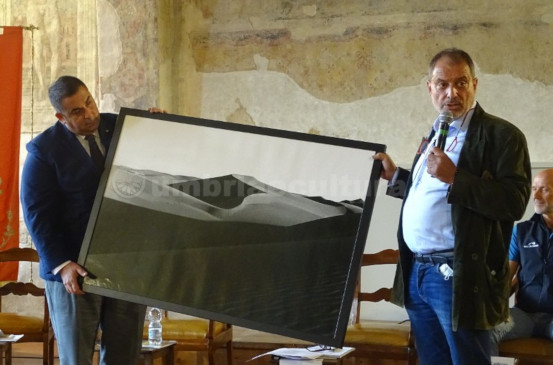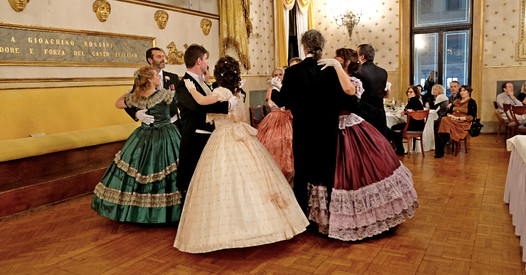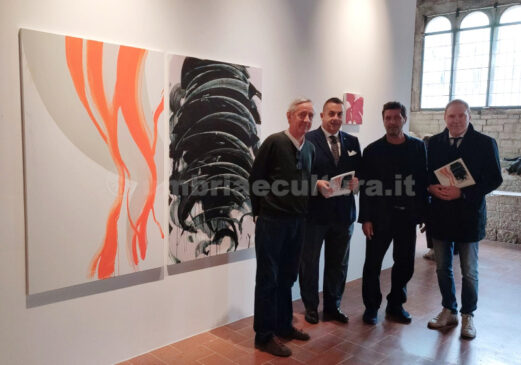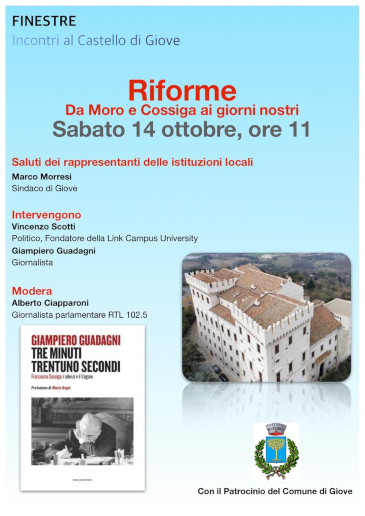Officially inaugurated on October 3rd, the photographic exhibition “Inhabited Deserts” by John R. Pepper, curated by Kirill Petrin and Gianluca Marziani, can be visited in Todi, until November 28th, 2020.
Fifty-three large-format images tell of a three-year and 18,000-kilometer journey to discover the most remote and unexplored deserts in the world and a symbolic journey into the unknown corners of the soul in a continuous search for the perfect image, but not only: we talk about it with the author.
Mr. Pepper, why did you choose the desert as the setting and subject of your images? And what new meanings has the desert now assumed for you?
After the 2015 street art photography exhibition I needed to shake off the label of street art photographer and evolve my work. I wanted to avoid the risk of repeating myself, taking some risks, getting out of my “comfort zone” and putting myself to the test; moreover, I was going through a particular period in which I felt a strong need to isolate myself and work on myself as well. So I decided, after having dedicated an exhibition to water, to focus my work on the desert by undertaking, in a completely spontaneous way, this difficult journey to the most hidden places of the globe and of my interiority.
In the desert, the sense of space is lost and reference points are lacking, so for man all that remains is to focus attention on himself and look inside, without superstructures and without shelter, he gets naked, he gets to the essential , we discover unknown aspects of our personality and we confront ourselves without compromise. This can also be very destabilizing, even for the most experienced guides and for those who have chosen the desert as their favourite place.
So I left for this experience in search of images, I always say that the photo looks for me and not vice versa, I wanted to discover a place that is apparently always the same but, on the contrary, it is in constant change, quite like the human spirit; I came back with a very strong baggage of human experiences and introspective research. In the desert I discovered external and internal silence, I noticed how superfluous all the objects we possess are and I also discovered aspects of myself that I did not know before.
You prefer the use of black and white for your shots: what is the reason for this stylistic choice?
I come from the school of Ugo Mulas and Cartier Bresson, among others, and I have always worked with black and white, I believe that there is more color in them than in all the others. I use my Leica M6 with a 35mm lens like a painter uses his brush, drawing with light, impressing the film without artifice, without retouching, leaving the power of the image and the message connected to it to the original shot. I find that black and white is sensual, beautiful and leaves more room for the viewer, his fantasy and his imagination; my photographs have no titles, I believe that the titles are reductive, in front of my works the freedom of the viewer is total, everyone can see the forms in the most free and personal way.
In fact, I perceived in his works different levels of communication, from the pure analysis of the forms to deeper and more symbolic messages.
That’s right, this is the key. The desert offered me particular images, some referable to objects, animals, human forms, but that’s not all. The apparently silent desert screams its ancient history, the history of the men who inhabited it and the conflicts that have crossed it, the apparently static place is highly dynamic and reveals its secrets to those who know how to listen.
The concept of peace is one of the cornerstones on which the touching opening event of “Inhabited Deserts” was centered, also thanks to the prestigious guests who attended, will you continue your activity in this sense?
From an artistic point of view, the “Inhabited Deserts” project sees the exhibition as its final chapter, but it is certainly not the same as regards the activity in favor of communication and the creation of conditions for lasting peace. All the energy that Giancarlo Esposito and I have lavished in this period will certainly not end here, also because the desert has entered my blood, and I am destined to suffer its charm and its appeal while remaining tied to him for the rest of my life.
Benedetta Tintillini




